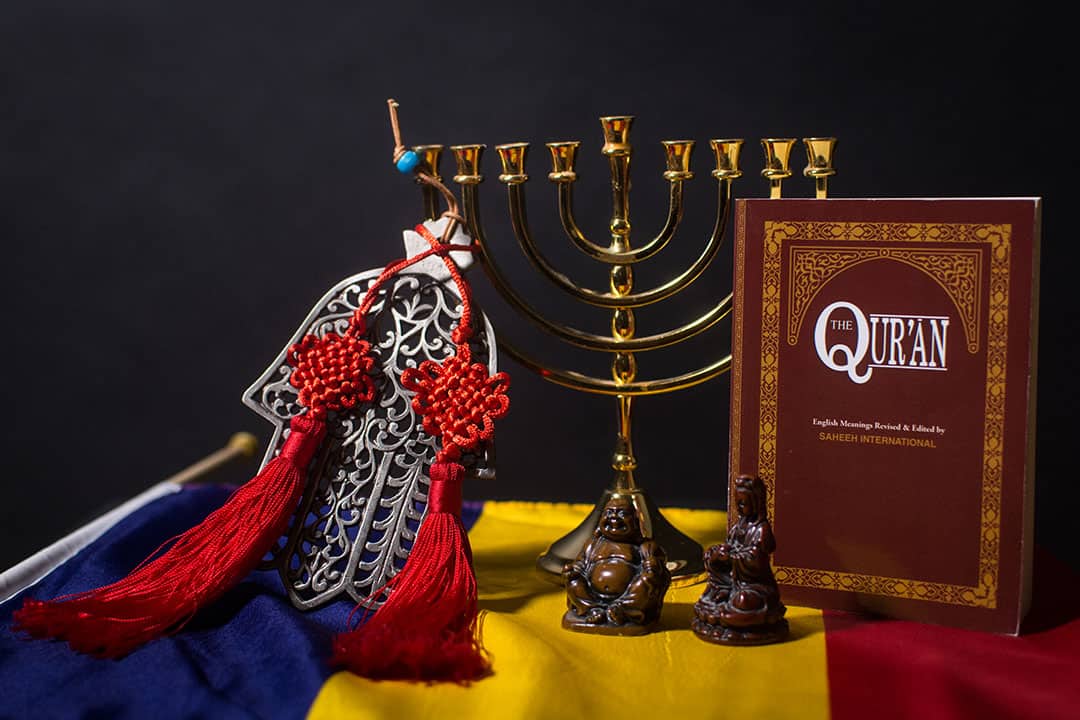The Indian subcontinent remains a divided region due to deep-seated historical conflicts in the realms of politics and regional governance. So it comes as a pleasant surprise to witness the camaraderie between students from this part of the world at U of T.
In an attempt to highlight the uniqueness and diversity of different cultures and cultural spaces, the Bangladeshi Students’ Association (BSA), the Indian Students’ Society (ISS), the Pakistan Development Fund (PDF), and the Tamil Students’ Association (TSA) came together in 2015 to organize an inaugural large-scale cultural festival. Since then, the event — entitled Taal — has showcased the diverse foods, dances, attire, games, and songs of the subcontinent.
Initiatives like Taal highlight the critical role that campus cultural clubs play for U of T students. With their core aims being to promote, protect, and preserve certain cultures, these groups make a positive contribution to student life by endorsing multiculturalism, thereby embodying the very spirit of the highly diverse U of T student body.
Senior executives of the BSA and the ISS — clubs with over 1,000 members and alumni — stress the idea of promoting the uniqueness of national cultures, with the aim of informing the wider student body about the diversity of the subcontinent. Fazal Mahmood, Co-President of the ISS, stated, “Many students, with immigrant parents or grandparents, perceive clubs [like] ours as a way to get acquainted with their ethnic side while international students use our services to regain a sense of home.”
It is also important that cultural clubs promote narratives about countries that are often missing from mainstream media and pop culture. According to Alvira Matin, Co-Director of Events of the BSA, cultural clubs also “represent the political, economic, and social aspects” of a nation.
In fact, cultural clubs are arguably more important now than ever: given the rise of right-wing populism across the world, ignorance remains a key deterrent standing in the way of intellectual progress. These organizations bridge the gap between what people ordinarily perceive and what cultural practices actually consist of, thereby providing valuable learning opportunities for students.
Bangladesh, for example, is not simply a country that has wide-scale relative poverty and high levels of corruption — it also gave momentum to the concept of microcredit, and it remains a leader in women’s empowerment on an international scale. By promoting Bangladeshi theatre, music, dance, and literature, clubs such as the BSA promote a more well-rounded picture of the country to the student body.
Similarly, the Muslim Students’ Association strives to showcase the true nature of Islamic culture through integrative panels, debates, and events; it is no surprise that their message of peace, charitability, and inclusivity has resonated with the student community.
Finally, cultural clubs provide critical spaces of familiarity for students who are not originally from Toronto. It is especially difficult for international students to adjust to what could potentially be a wildly different lifestyle from what they are used to at home — and mere homesickness can potentially escalate into more serious mental health concerns.
In this vein, Mahmood states that clubs like the ISS “encourage the students to celebrate the diversity within the student community by acting as a means to connect [or] reconnect with their ethnic side.” For many students, engaging with the events provided by cultural clubs may be the only tangible connection to their families and to the places they consider home.
At the same time, given the important role being undertaken by cultural clubs at U of T, it is surprising to witness the lack of coordinated networks such organizations have to relevant administrative departments. Accordingly, the Centre for International Experience and the university administration need to do more to integrate these clubs in their annual initiatives, so as to ensure that the services available for international or racialized students on campus are as engaging and comprehensive as possible. This support might take the form of providing additional funding to these groups through grants, or promoting their events and initiatives through campus-wide communications networks.
The positive changes being spearheaded by cultural clubs should be supported by students and administration and cemented into the university community. Doing so will ensure that we achieve the aim of unity through diversity.
Mir Aftabuddin Ahmed is a fourth-year student at University College studying Economics and International Relations. He was the Vice-President of the BSA from 2016–2017 and is currently a General Member of the organization.


